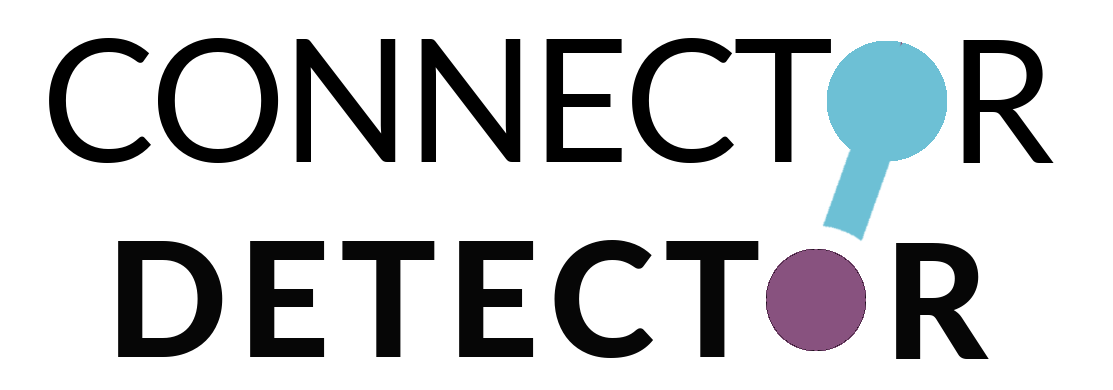Project Title: High-Limit Credit Card Eligibility and Application Automation System
Objective
Develop a streamlined system that evaluates credit eligibility for high-limit credit cards, automates application submissions, and provides customized improvement plans for ineligible users.
Outline
1. System Architecture and Requirements
Technology Stack: Identify core technologies and frameworks (e.g., Python, Flask/Django, Node.js, React, MySQL/PostgreSQL, etc.)
Data Management: Define required databases, data security measures, and data processing mechanisms.
APIs and Integrations: Outline necessary APIs for credit score retrieval, credit reporting, application processing, and document submission.
2. Feature Modules
A. Eligibility Assessment Module
Purpose: Evaluate a user’s eligibility for high-limit cards based on predefined data points.
Core Steps:
Data Collection: Collect essential user data points, such as credit score, income, debt-to-income ratio, credit utilization, and credit history.
Eligibility Algorithm: Design and implement a scoring algorithm based on input criteria and card issuer requirements.
Result Generation: Provide eligibility status (Eligible, Probationary, or Ineligible).
Deliverables: Automated eligibility checker with a report on eligibility status and factors influencing the decision.
B. Application Automation Module
Purpose: Automate the application process for eligible users, reducing time and increasing accuracy.
Core Steps:
Form Filling Automation: Develop scripts or forms that auto-fill credit card application fields based on the user’s data.
Document Handling: Integrate document upload and processing capabilities (e.g., income verification, ID verification).
Submission Workflow: Implement a submission process for various credit providers, including error-handling and confirmation tracking.
Deliverables: Automated form-fill scripts, document submission pipeline, and completion tracking system.
C. Improvement Plan Generation Module
Purpose: Provide actionable steps for users not meeting eligibility requirements, helping them improve their credit profile.
Core Steps:
Analysis of Ineligibility Factors: Identify key areas that require improvement based on eligibility criteria (e.g., credit utilization, on-time payments, income).
Customized Recommendations: Generate a tailored plan with specific goals (e.g., reduce credit utilization by X%, increase income stability).
Progress Tracking: Create a follow-up system to help users track their improvement journey over time.
Deliverables: Detailed improvement plan generator with trackable milestones and follow-up mechanisms.
3. Testing and Quality Assurance
Unit Testing: Ensure each module performs accurately and independently.
Integration Testing: Validate that all modules interact seamlessly, with a focus on data flow between eligibility, automation, and improvement plan modules.
User Testing: Conduct real-world testing with sample users to ensure usability and reliability.
4. Deployment and Maintenance
Deployment: Host the system on a reliable platform with sufficient security measures.
Ongoing Maintenance: Plan for regular updates, especially to eligibility criteria and improvement plan algorithms, based on credit industry trends.
Project Milestones
Week 1-2: Initial Architecture Setup and Eligibility Module Development
Week 3-4: Build Application Automation and Document Management Features
Week 5: Develop Improvement Plan Generator with Recommendations
Week 6: Complete Testing Phases and Deploy System
